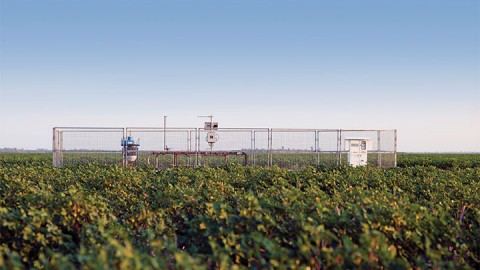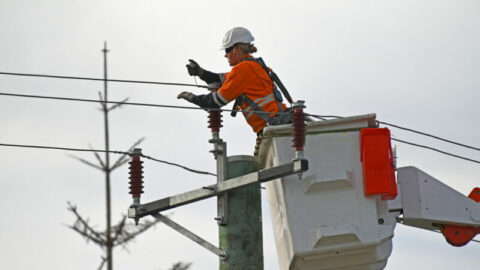The Yandin Wind Farm, Western Australia’s largest wind farm, has been officially opened, powering businesses across the state with affordable and clean energy.
Yandin is located in the WA wheatbelt town of Dandaragan, 175km north of Perth, and is a RATCH-Australia and Alinta Energy investment, managed by Alinta Energy.
Site works on Yandin commenced in July 2019, with more than 50,000 tonnes of turbines and machinery estimated to have been transported to site during construction.
Yandin is expected to produce more renewable energy than any other wind farm in WA, using 51 4.2MW turbines supplied by global manufacturer Vestas.
Dandaragan is on the map for its windy conditions, and while most wind farms rely on strong and consistent wind from one direction, Dandaragan is buffeted from different directions at different times – a south-westerly in the afternoon, and an easterly overnight.
The farm’s unique location coupled with the latest turbine technology will make it one of the best performing wind farms in the country.
Alinta Energy’s Executive Director of Merchant Energy, Ken Woolley, said the wind farm would power the equivalent of approximately 200,000 households across Western Australia each year.
“The capacity factor for this project is around 50 per cent. Without getting into engineering-speak, that’s better than most other wind farms we know of in the country. Dandaragan is probably home to Australia’s best wind for wind farming,” Mr Wooley said.
“Yandin also represents Alinta Energy’s first and most significant direct investment in a renewable energy project of this scale – and we’re thrilled to have done it in WA.
“The Yandin Wind Farm will produce cleaner, more affordable renewable energy for Western Australians, and when combined with our gas-fired power stations, it will also help us to use gas more efficiently – which will be good for us, good for our customers, and good for the environment.”
Alinta Energy has entered into lease agreements with the landowners which allow the farmers to continue their normal activities – despite their size, the turbines only occupy around 0.03 per cent of the project site, meaning existing land uses can co-exist.
Mr Woolley said the project would leave a positive legacy for the state and local community for decades to come.
















